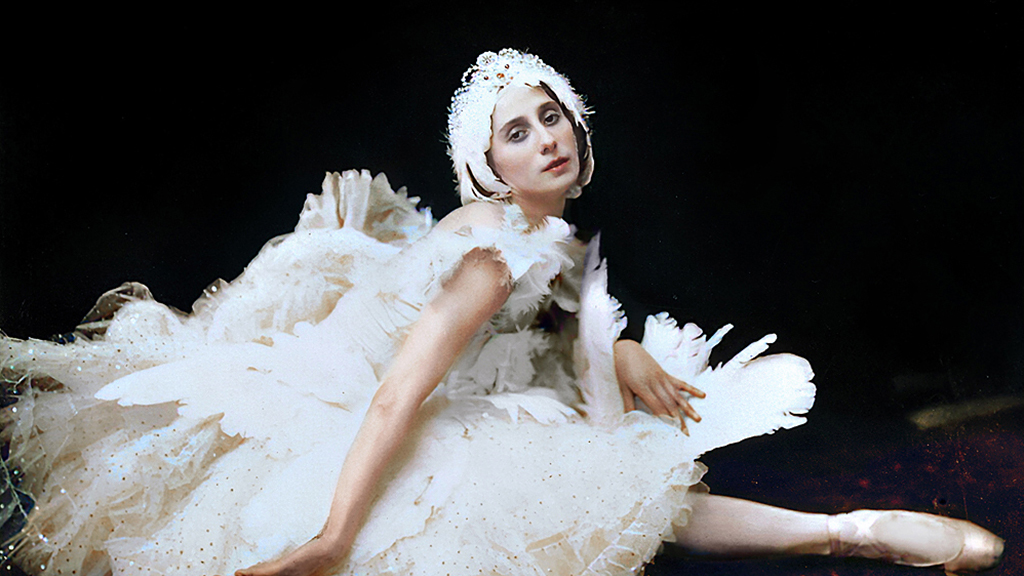In the pantheon of ballet legends, few names shine as brightly—or as delicately—as Anna Pavlova. Born in 1881 in St. Petersburg, Russia, Pavlova would become one of the most influential and beloved figures in the history of dance. Her legacy, built on grace, innovation, and emotional intensity, continues to shape the world of ballet nearly a century after her death in 1931.

Pavlova’s journey began at the prestigious Imperial Ballet School, where she stood out not for conventional technique, but for something harder to define: presence. Her movements carried a weightless quality, her gestures spoke volumes, and her passion radiated far beyond the footlights. It wasn’t long before she rose through the ranks of the Mariinsky Ballet, captivating audiences with performances that fused classical training with raw, personal emotion.

But it was The Dying Swan, a solo choreographed specifically for her by Mikhail Fokine in 1905, that became her signature. Lasting only a few minutes, the performance nonetheless redefined what ballet could express. In Pavlova’s hands, the swan’s final moments became a haunting meditation on fragility, life, and death. Her interpretation was so powerful that it helped elevate ballet from aristocratic entertainment to universal art.

Pavlova didn’t keep her gifts confined to the gilded theatres of Europe. She believed dance belonged to everyone. Setting off on tireless world tours, she performed in countries that had never seen ballet before—India, South America, Australia—introducing millions to the art form. Her willingness to cross borders and break tradition made her ballet’s first global ambassador.

Despite her success, Pavlova remained humble and devoted to her craft. She founded her own company, mentored young dancers, and remained a symbol of discipline and artistry until her untimely death at age 49. Her last words reportedly were: “Get my swan costume ready.”
The legacy Anna Pavlova left behind cannot be overstated. She showed the world that ballet could be more than technique—it could be soul. Her influence lives on in every dancer who aims not just to impress, but to move.
Today, the early 20th-century portraits of her in feathered costume remain not just images of a bygone era, but symbols of a woman who transformed ballet into poetry in motion—and whose wings have never truly folded.